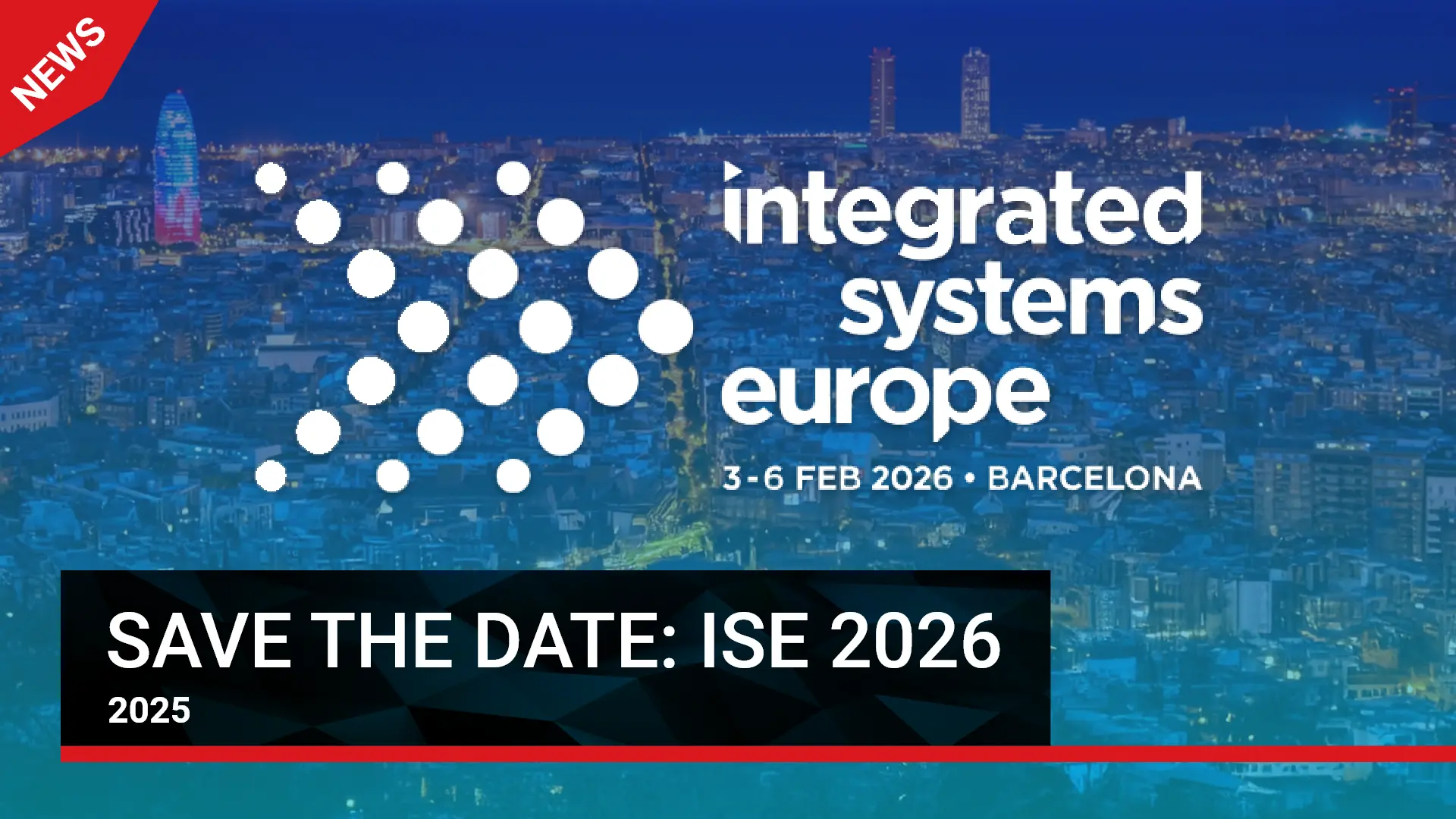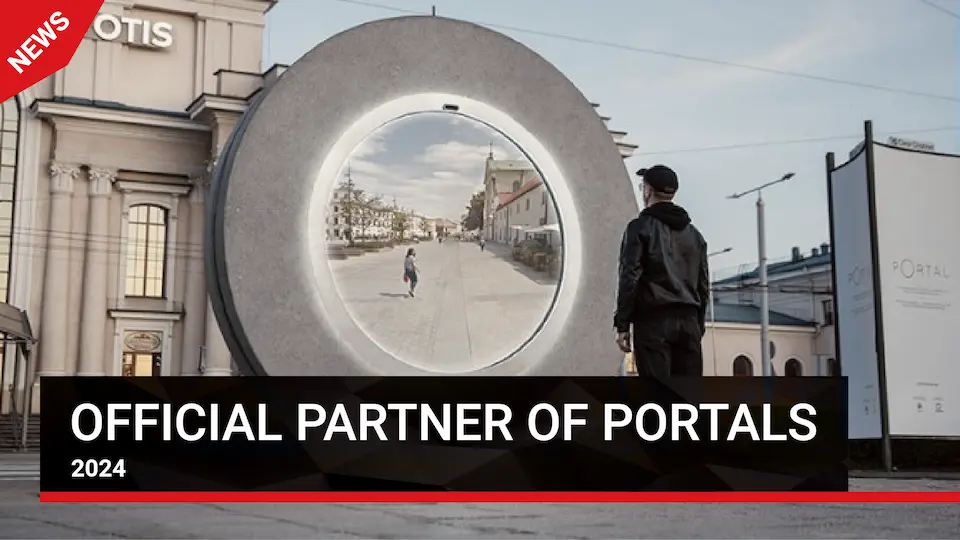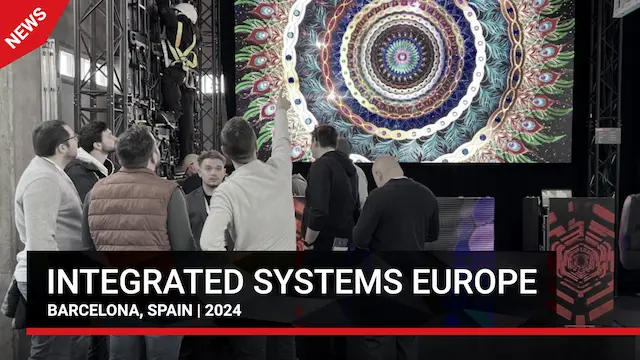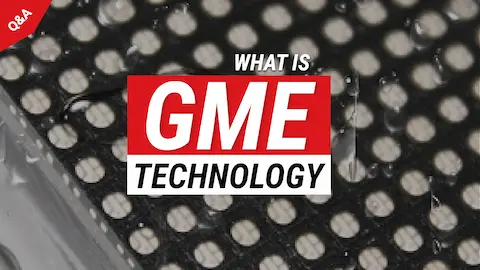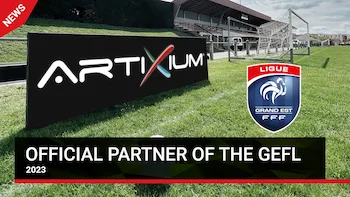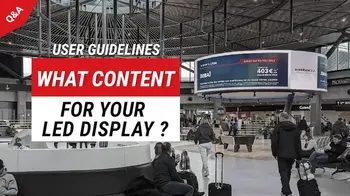What is CB/EMC/ETL/TÜV/PSE/CE/RoHS/ULC/CC/IEC/FCC and CEBEC rating?
Artixium guarantees quality products that meet the requirements of most international certifications. Learn more about LED displays certifications.

The CE Marking is a symbol that indicates a product complies with the "essential requirements" of the European laws or Directives (directives are the mechanism by which European-wide legislation is enacted). It indicates conformity to the legal requirements of the European Union (EU) Directive with respect to safety, health, environment, and consumer protection.

Electromagnetic compatibility (EMC) testing measures the ability of equipment or systems to function satisfactorily in their electromagnetic environment without introducing intolerable electromagnetic disturbance to anything in that environment.

The PSE Mark is a mandatory safety and EMC (Electro Magnetic Compatibility) approval for electrical products sold on the Japanese market. The applicable law is the DENAN Act (Electrical Appliance and Material Safety Act) of Japan. The Japanese Ministry of Economy, Trade and Industry (METI) is the responsible authority for the PSE Certification.

The Restriction of Hazardous Substances Directive 2002/95/EC (RoHS), short for Directive on the restriction of the use of certain hazardous substances in electrical and electronic equipment, was adopted in February 2003 by the European Union

The UL Marks are registered certification marks of Underwriters Laboratories Inc. (UL). UL is an independent, not-for-profit, product-safety testing and certification organization. The UL Marks may only be used on or in connection with products certified by UL and under the terms of written agreement with UL.

The ETL Marks are registered certification mark of ITS-Semko. ETL is an independent product-safety testing and certification organization. The ETL Marks may only be used on or in connection with products certified by ETL and under the terms of written agreement with ETL.

The TUV Marks are registered certification mark of TUV Rheinland of North America. TUV Rheinland is an independent product-safety testing and certification organization. The TUV Marks may only be used on or in connection with products certified by TUV and under the terms of written agreement with TUV.

CCC Mark (China) The CCC Mark is referred to as China Compulsory Certification and replaced the CCIB and CCEE Mark as of May 1, 2003. The CCC Mark serves as evidence that covered products can be marketed, imported, or used in China. When using the mark, the certificate holder must abide by the Regulations for the Compulsory Product Certification Mark.

The IECEE CB Scheme is the world's first truly international system for acceptance of test reports dealing with the safety of electrical and electronic products. It is a multilateral agreement among participating countries and certification organizations. A manufacturer utilizing a CB test report issued by one of these organizations can obtain national certification in all other member countries of the CB Scheme. It is currently only for product safety standards.

The IEC System for Conformity Assessment Schemes for Electrotechnical Equipment and Components (IECEE) Certification Body (CB) Scheme is the world’s first international system for the mutual acceptance of product safety test reports and certificates for electrical and electronic equipment, devices, and components. Manufacturers using the CB Scheme can potentially gain access to every CB Scheme member country without the need for expensive, duplicate testing. CB Scheme applicants are often given priority consideration by NCBs since no additional testing is required.

All commercial electronic devices (unintentional radio-frequency radiators) destined for sale in the United States that have clocks/oscillators that operate at a frequency of greater than




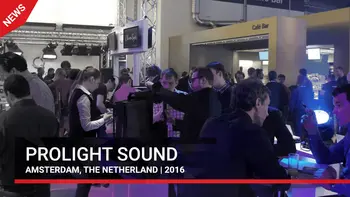
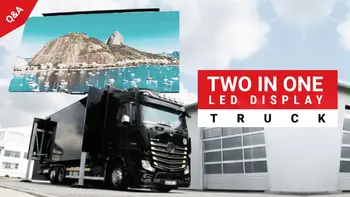
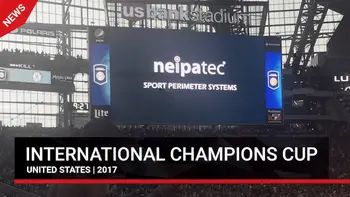

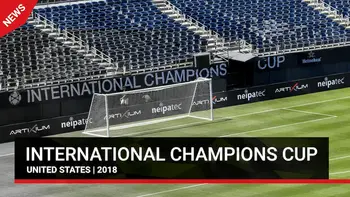


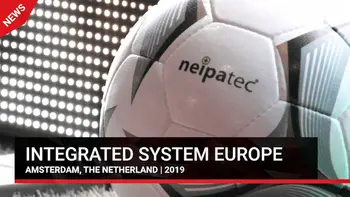

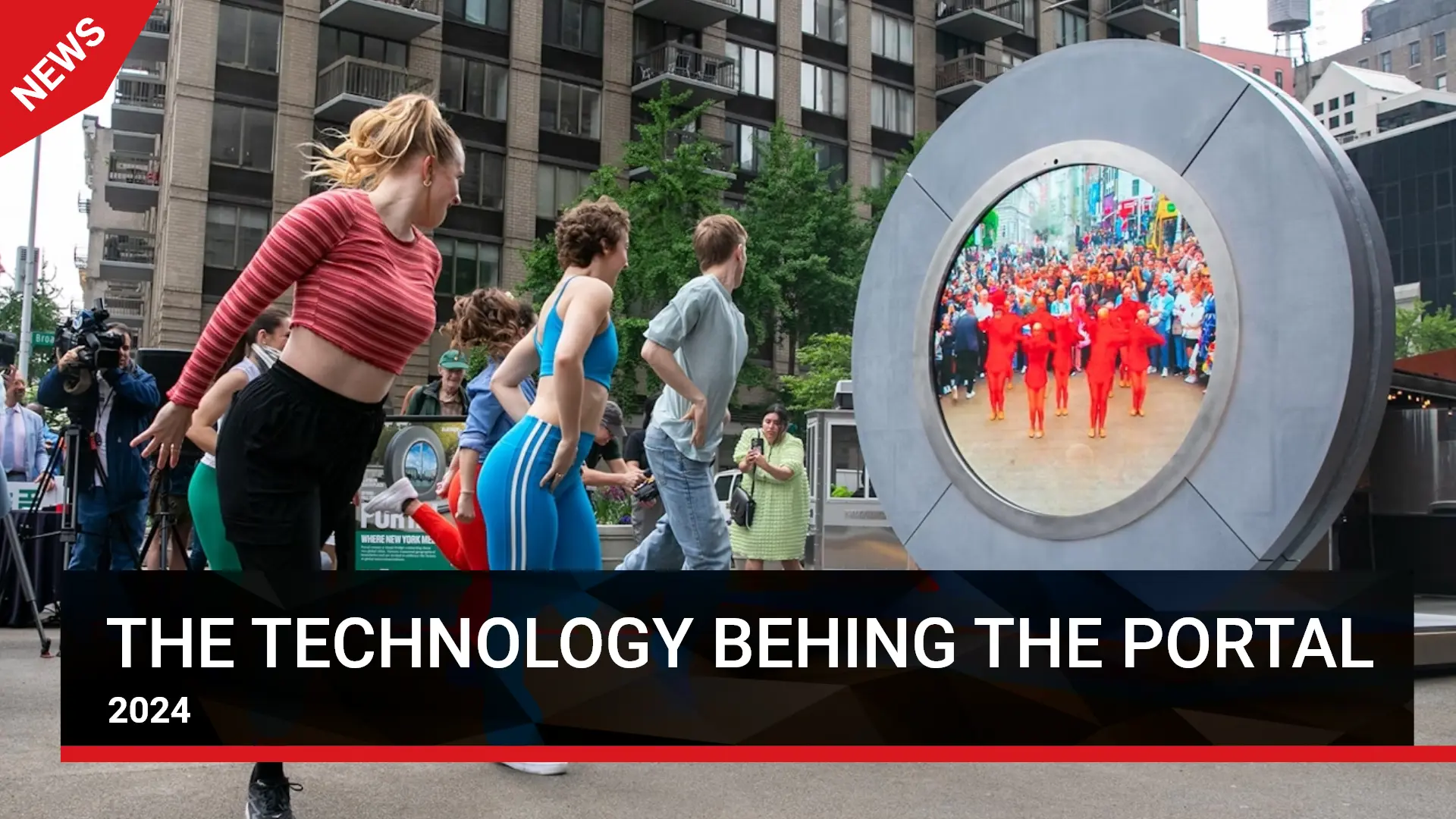
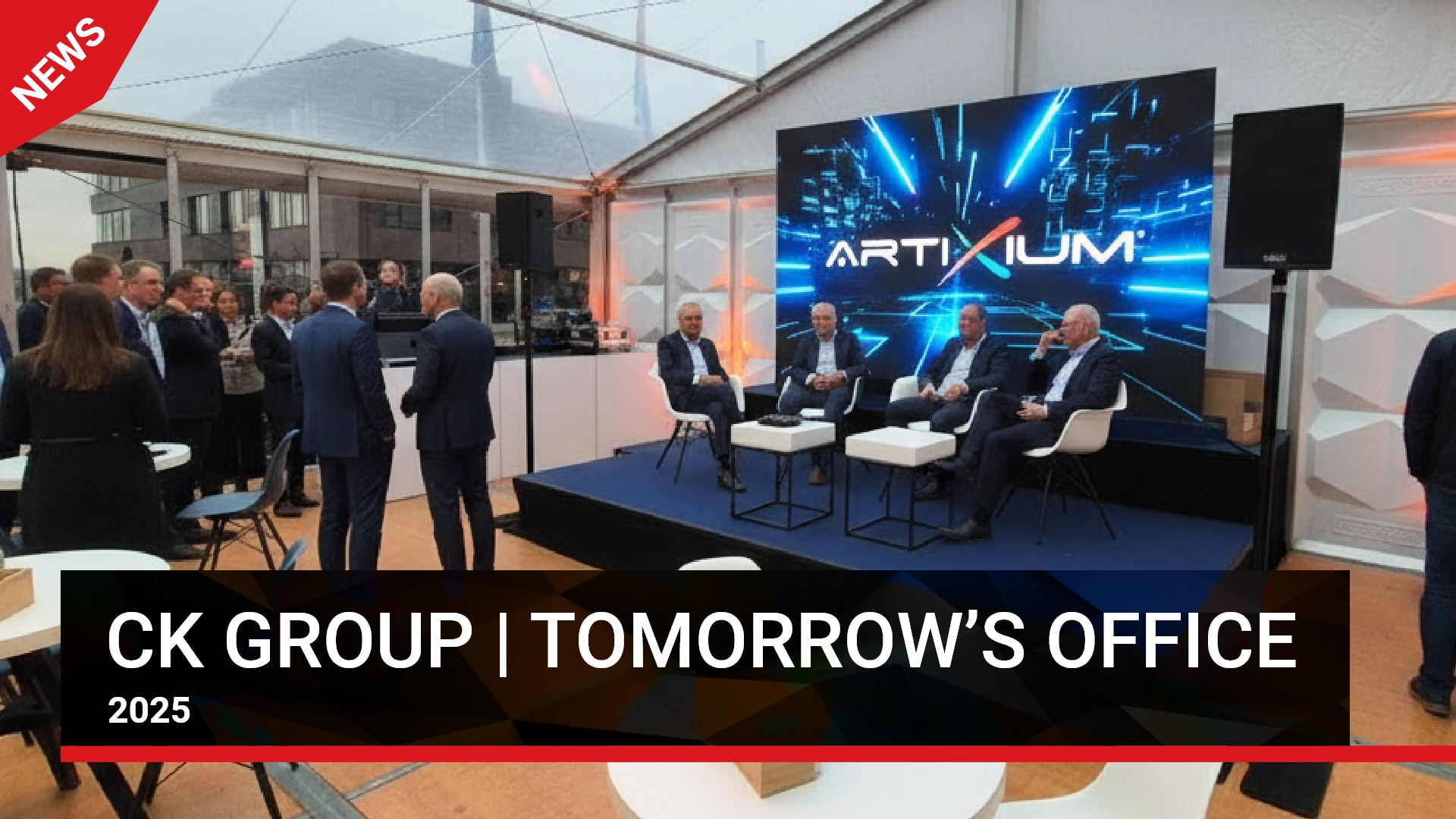
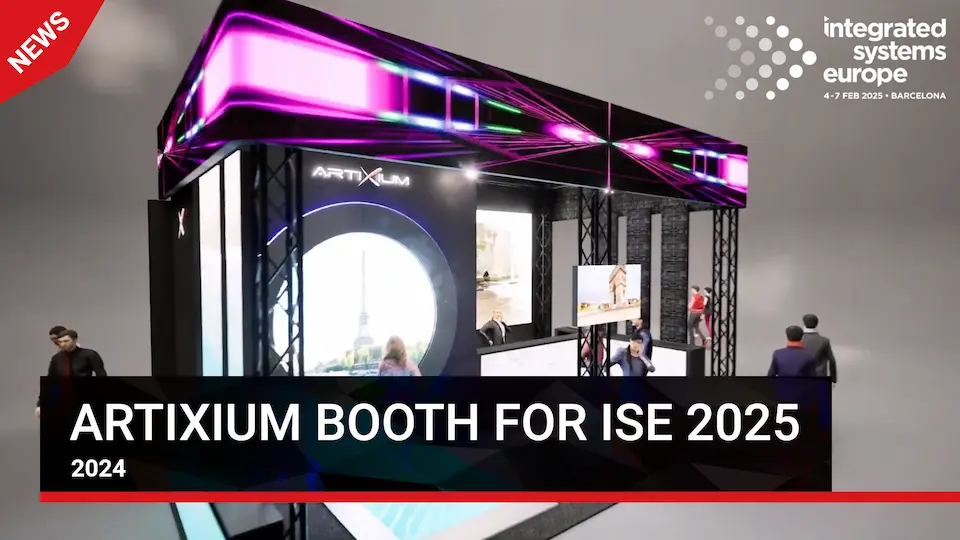


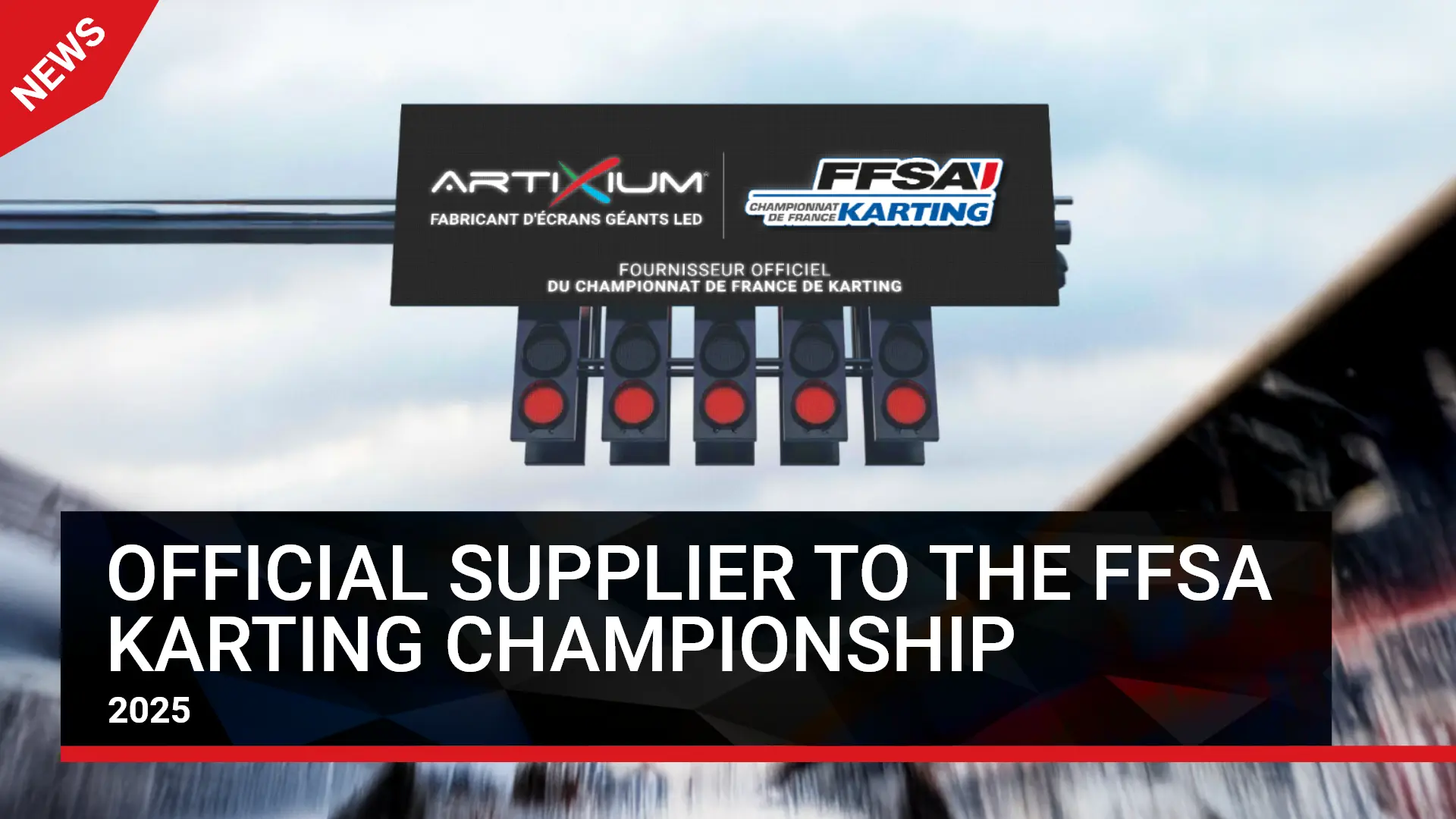
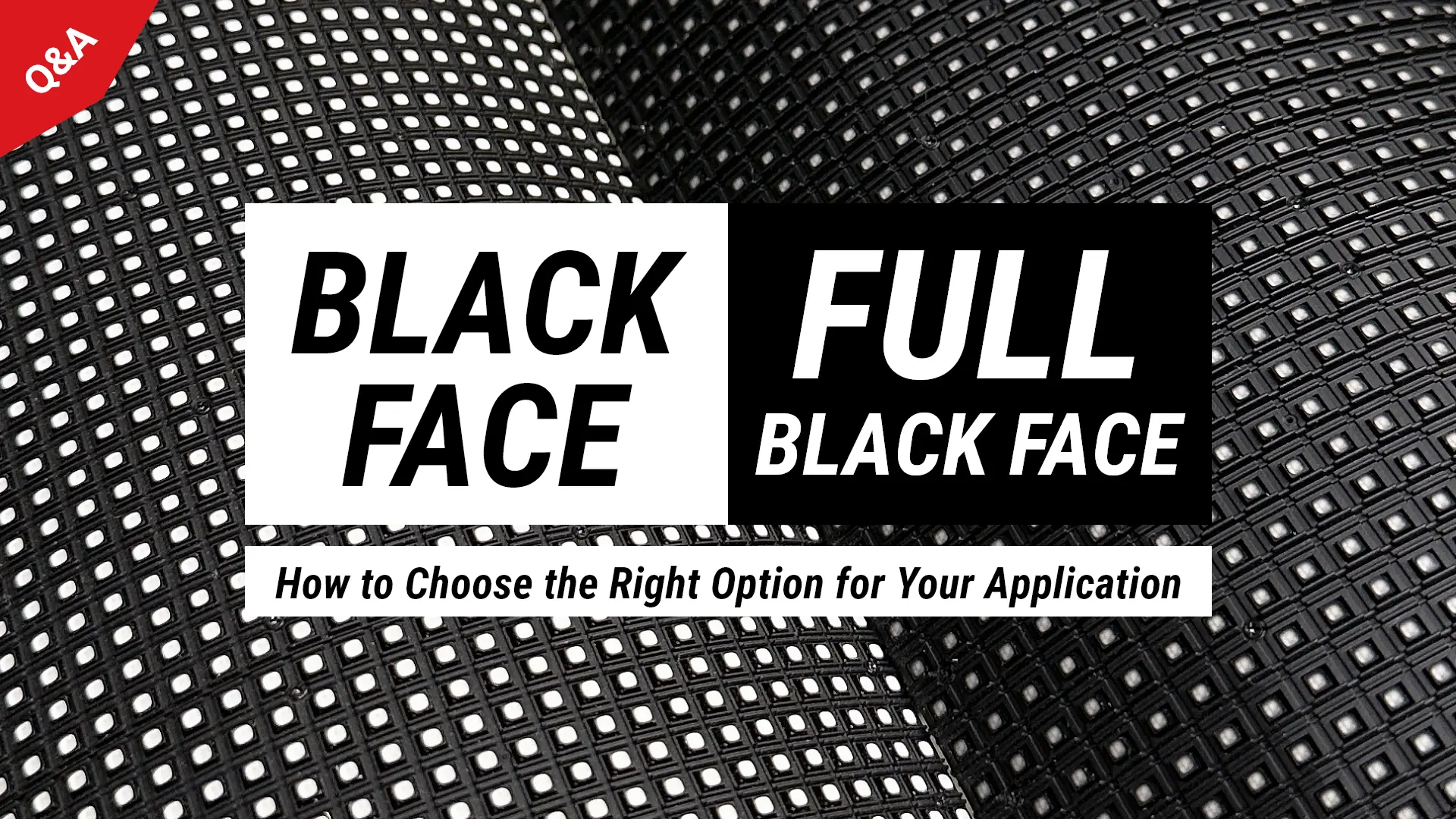
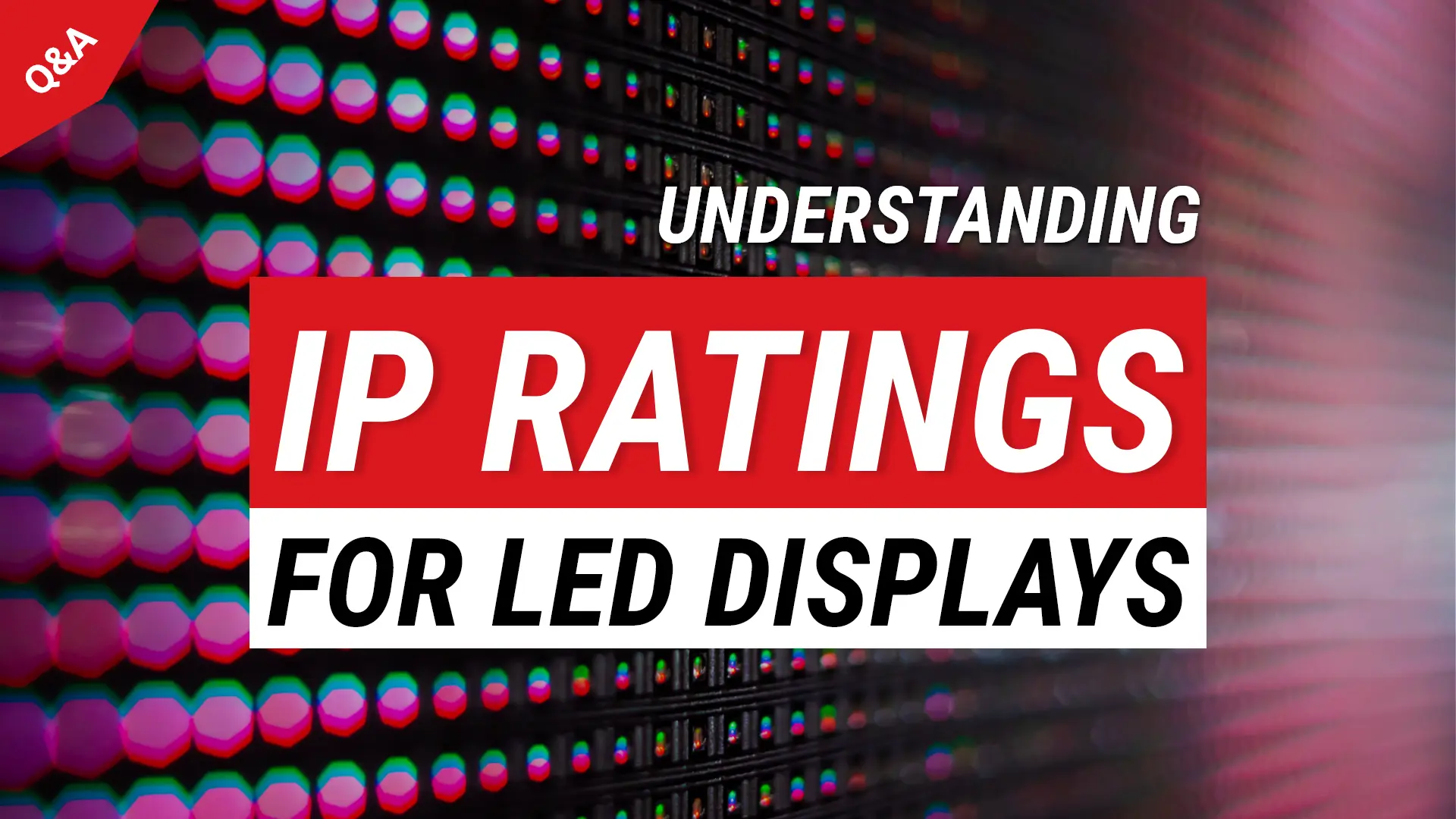

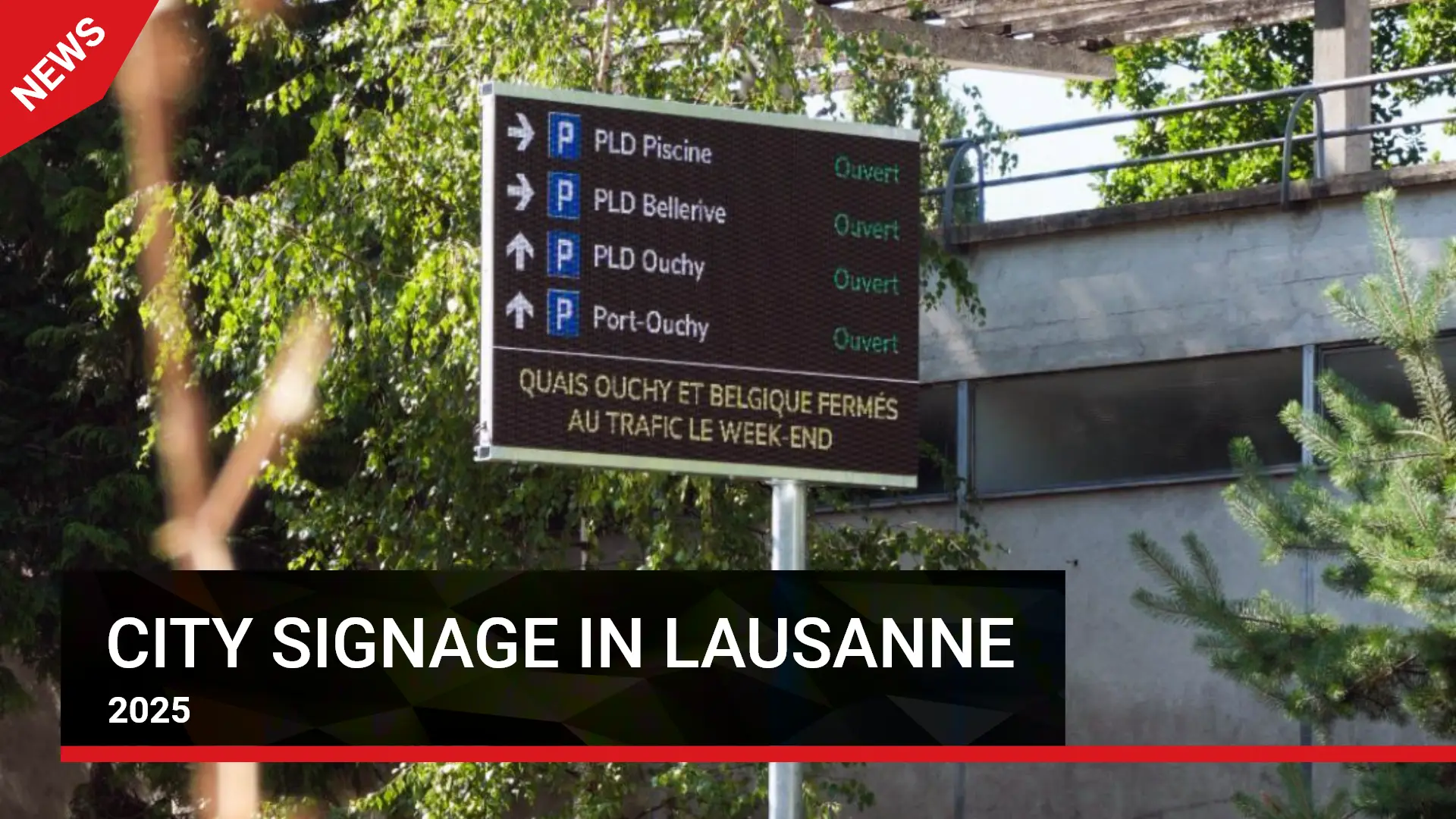

.webp)
.webp)
